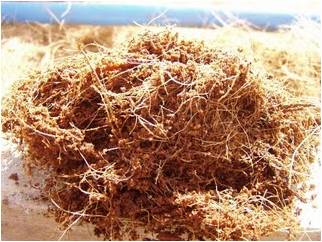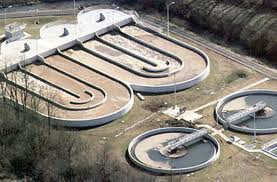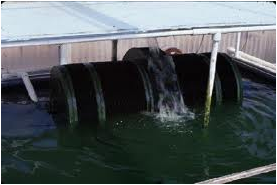Practitioner's Tool / Secondary Treatment Methods
From Akvopedia
< Practitioner's Tool
Revision as of 01:56, 8 October 2016 by Winona (talk | contribs) (Created page with "{| cellspacing="0" cellpadding="10" border="1" style="width: 100%" |- | '''Secondary Treatment'''<br/> | '''Appropriate Use'''<br/> | '''Relative Cost'''<br/> | '''Operation...")
| Secondary Treatment |
Appropriate Use |
Relative Cost |
Operations and Maintenance |
Effectiveness |
|
File:Construc.jpg 100px |
For septic tank or primary treated effluent. Sites with no power, where land is plentiful. Useful where soils are shallow, unlike lagoons that require greater depth |
Moderate - The media, typically crushed stone and liner material are significant cost items |
Low - Periodic plant weeding and plant maintenance required |
High - Can be highly effective and will produce discharge quality effluent when sized properly |
|
|
Cocopeat, sand and gravel can be used as filtration media for secondary treatment. Used as intermittent flow or recirculating filters. Use these systems where local materials are available |
Low - When locally available materials can be used for the filter media |
Low - For cocopeat systems, will require raking of the surface every few months and replacement of the media every 2 to 3 years |
High - Can be highly effective and reduces biochemical oxygen demands and total suspended solids |
|
|
For sites where power is available and land area for wastewater is limited and expensive | Variable – Cost per cubic meter of treatment drops as size of the systems increase. For very large systems, the cost per cubic meter treated can be very low | High – Requires specific knowledge of process control, instrumentation and electronics | Variable to High - Can be custom designed for a wide variety of wastewater strengths and variability |
| Requires electricity. Generally used for small to medium-sized residential or commercial sources. Useful when land area for wastewater treatment is limited | High - Manufactured and electrical components generally not locally available except in largest municipal centers |
Moderate - Lubrication of shaft and removal of biosolids required periodically. Electrical components must be checked frequently for corrosion |
High - When sized properly, can remove high percentage of pollution in wastewater. Requires generator to keep system operational during power outages |



